
Creating and using sewing patterns is an essential skill for both amateur and experienced seamstresses. Sewing patterns provide a template for various clothing items, allowing you to accurately cut and assemble fabrics to achieve the desired style and fit. Whether you’re making a dress, shirt, or even accessories, here are some tips to help you with sewing patterns.
1. Choosing the Right Pattern
When selecting a sewing pattern, consider your skill level and the garment you want to create. Some patterns are more suitable for beginners, while others require advanced sewing techniques. Make sure to read the pattern envelope or description to understand its complexity and required materials.
2. Taking Accurate Measurements
Before starting on any sewing project, ensure you take accurate body measurements to guarantee a proper fit. Use a flexible measuring tape and take measurements closely against your body, without pulling too tight or leaving any room for extra fabric. Common measurements include bust, waist, hips, and inseam.
3. Understanding Pattern Markings
Patterns include a variety of markings to help with fabric placement, darts, pleats, notches, and more. Take your time to understand the symbols and instructions provided in the pattern instructions. This will ensure a better understanding of how the fabric pieces should be connected.
4. Making a Muslin Prototype
When working with a new pattern or attempting a complex design, it’s wise to create a muslin prototype first. A muslin is a test garment made from inexpensive fabric that allows you to identify any fit or construction issues before cutting into precious fabrics. This step can save you time and frustration in the long run.
5. Seam Allowance and Finishing
Pay close attention to the seam allowances specified in your pattern. Seam allowances can vary, but the most common is 5/8 inch. Always measure and mark the seam allowance on your fabric before cutting. Additionally, consider the finishing techniques such as serging, zig-zag stitch, or French seams to prevent fabric fraying and ensure a professional-looking finish.
“Sewing patterns are the roadmaps to your fashion creations. Take your time to understand each step, and don’t hesitate to seek help if needed.”
6. Following Instructions Carefully
Patterns come with detailed instructions that guide you through the sewing process. Read the instructions thoroughly before starting and follow each step carefully. If something is unclear, don’t hesitate to consult sewing resources, online tutorials, or even a knowledgeable friend.
7. Practice Patience and Experiment
Learning to work with sewing patterns takes practice, patience, and a willingness to experiment. Don’t be discouraged if your first attempt doesn’t turn out perfectly. Each project is an opportunity to improve your skills and develop your own unique style.
Remember, sewing patterns are the roadmaps to your fashion creations. Take your time to understand each step, and don’t hesitate to seek help if needed. With practice and determination, you’ll soon be sewing beautiful garments tailored to your preferences.
Happy sewing!
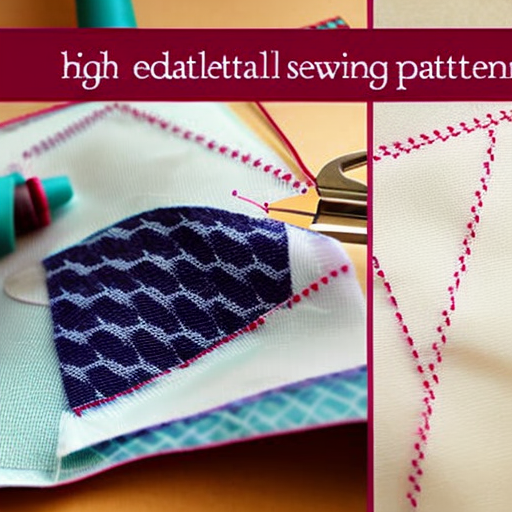
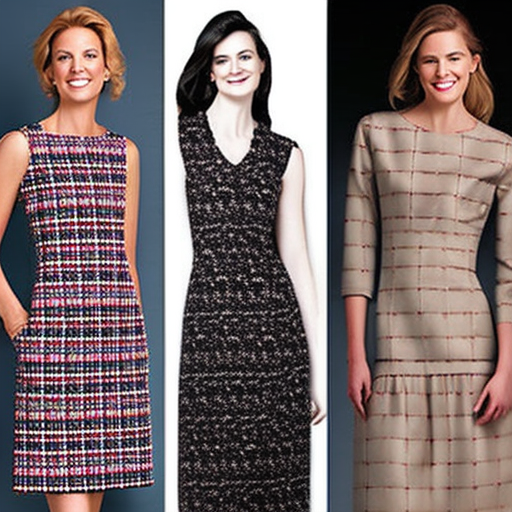
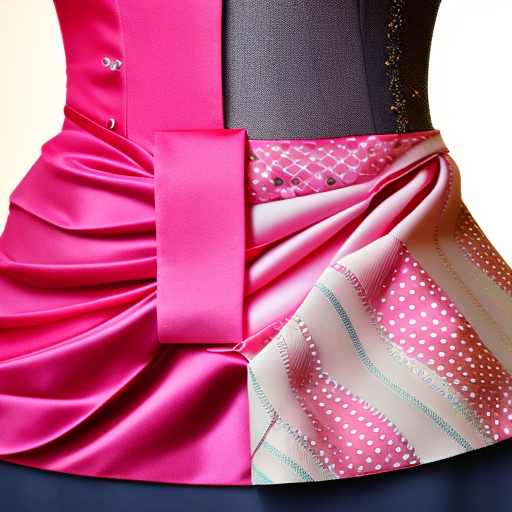
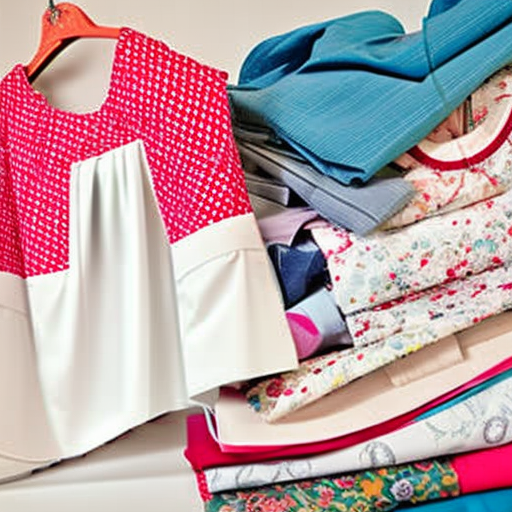
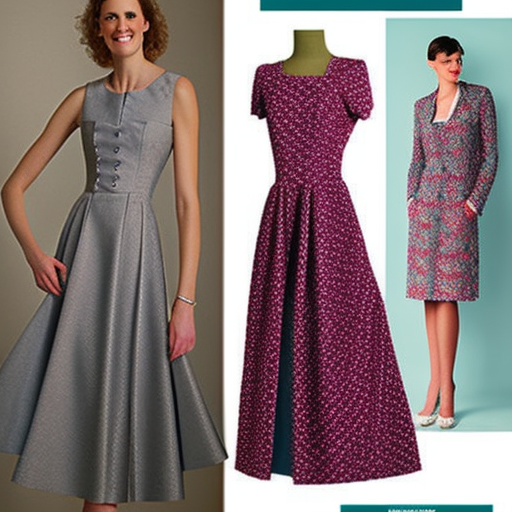
Great article!
Lori Johnson: I need to try these tips!
Awesome! So much helpful information here – this will be great for anyone just starting out with sewing patterns or looking to brush up on their skills.
rn
What a great resource! It looks like it’s full of useful and practical advice.
Very comprehensive guide! I can see this being immensely helpful to people with various levels of sewing experience.
Wow, this is amazing! I’m definitely going to use this as a reference.